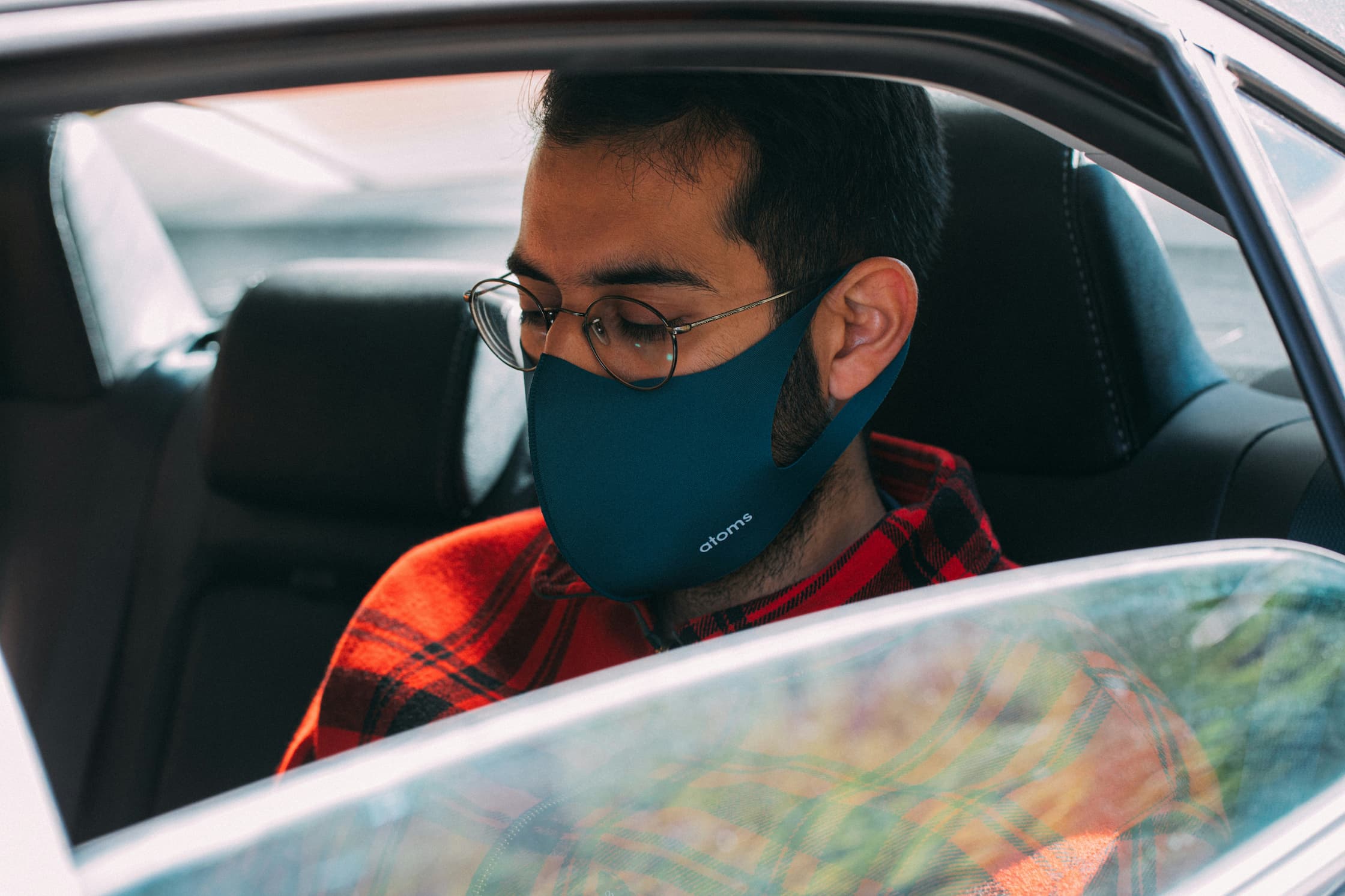Allergies or asthma can make car rides uncomfortable, with sneezing, wheezing, or chest tightness disrupting daily routines. Pollen, dust, and mold trapped in car interiors worsen symptoms, while chemical odours from low-quality materials irritate airways. This guide provides simple steps for car care for allergy sufferers, focusing on car cleaning for allergies, hypoallergenic car cleaning, and allergy-safe car interior materials to maintain a comfortable, symptom-free cabin.
Why car hygiene matters for allergy sufferers
Car interiors collect pollen, dust mites, and pet dander in carpets and vents, triggering coughing or itchy eyes. Damp conditions breed mold, and chemical smells from cheap materials add discomfort. Allergy sufferers often face stuffy cabins or bad odours, making car hygiene for allergy sufferers essential to reduce triggers and improve air quality.
Key steps to make a car allergy-free
Practical steps minimize allergens, ensuring a safer, more comfortable cabin for sensitive individuals.
Regular car vacuuming and interior sanitizing
Weekly vacuuming with a HEPA filter clears dust and pollen from seats and mats, reducing symptoms. Regular cleaning prevents allergen buildup, offering relief.
Hypoallergenic car cleaning products
Hypoallergenic car cleaning products, free of fragrances or harsh chemicals, clean safely without irritating airways. Plant-based cleaners, praised by allergy communities, work effectively.
Cabin air filter replacement
Replacing cabin air filters every 12-24 months traps pollen and dust, improving air quality. HEPA or carbon filters capture up to 99% of particles, helping asthma sufferers breathe easier.
Mold and mildew prevention in cars
mold grows in damp interiors, worsening allergies. Waterproof car mats made from EVA material stop moisture and mold, a key factor in choosing car mats for people with allergies and asthma. Airing out the cabin and using silica gel packets keeps it dry.
Allergy-safe car interior materials
Allergy-safe car interior materials, like car mats made from EVA material or leather, resist allergen buildup unlike textiles. EVA car mats are non-toxic and easy to clean, aiding pollen and dust removal in cars.
How to reduce allergens in your car interior

Reducing allergens requires consistent habits. Weekly wiping of surfaces with a damp cloth and vacuuming with a HEPA filter prevent pollen and dust buildup. Using car mats made from EVA material, such as the best EVA car mats for allergy sufferers in Europe, ensures allergens are trapped and easily removed, keeping the cabin breathable.
Best practices for pollen and dust removal in cars
|
Problem |
Solution |
|
Pollen on dashboard |
Wipe with damp microfiber cloth weekly |
|
moldy smell |
Use EVA car mats + air cabin filter replacement |
|
Dust in vents |
Use portable HEPA purifier |
These practices, endorsed by allergy sufferers, keep the interior breathable with minimal effort.
Choosing the best cabin air filter for allergy sufferers
HEPA or carbon filters capture pollen and dust, easing allergy and asthma symptoms. Reviews confirm their effectiveness. Replace every 20,000 km or yearly for best results. Many drivers with asthma report that switching to EVA car mats and HEPA filters noticeably reduces sneezing and odours after just a week.
Allergy-safe car accessories worth investing in
Investing in allergy-safe car accessories reduces allergen exposure. Key options include:
-
Car mats made from EVA material – Trap dust and pollen, easy to clean, non-toxic.
-
Portable HEPA air purifiers – Remove airborne allergens for cleaner air.
-
Non-toxic seat covers – Prevent allergen buildup, unlike fabric upholstery.
-
Fragrance-free cleaning sprays – Clean without irritating airways.
These accessories maintain a low-allergen environment, offering long-term relief for sensitive drivers.
Car detailing for allergies: Tips and tools
Car detailing for allergies removes triggers with thorough cleaning. Recommended tools include:
-
HEPA vacuums – Capture fine dust and pollen particles.
-
Hypoallergenic sprays – Clean surfaces without chemical irritation.
-
UV sanitizers for vents – Eliminate allergens in air ducts.
For example, after a pollen-heavy drive, a deep clean prevents discomfort. Detailing every 3-6 months minimizes allergens, and avoiding mats that trap dust or emit fumes helps, considering the common risks of cheap car mats. Increase detailing frequency during spring and summer when pollen levels peak.
Why EVA car mats are ideal for allergy sufferers
Car mats made from EVA material trap pollen and dust in their cellular design, preventing spread and easing cleaning. Unlike textiles that hold moisture or rubber that smells, EVA car mats are non-toxic and mold-resistant, lasting 3-5 years, making them vital for car maintenance for allergy relief.
Creating an allergy-proof car naturally
Allergy proofing a car naturally uses eco-friendly anti-allergy car products, like fragrance-free cleaners and baking soda for odours. Avoiding air fresheners and using sunlight to dry interiors cuts allergens without chemicals.
Car mats made from EVA material, hypoallergenic cleaners, and quality air filters create a low-allergen cabin for comfortable, symptom-free drives.
A cleaner, allergy-free drive starts with smart choices. Discover EVA car mats and hypoallergenic accessories designed for sensitive drivers at Prime EVA.
FAQ
What causes car allergies?
Pollen, dust, pet dander, and mold in carpets or vents trigger reactions.
How can pollen be reduced in a car?
Wipe surfaces, vacuum with a HEPA filter, and use EVA car mats to trap pollen.
Do car air filters help with allergies?
HEPA or carbon filters capture allergens, improving air quality.
How often should a car interior be cleaned for allergies?
Vacuum weekly and deep clean monthly, especially in high-pollen seasons.
Are there hypoallergenic car cleaning products?
Fragrance-free, plant-based cleaners work effectively without triggering allergies.

